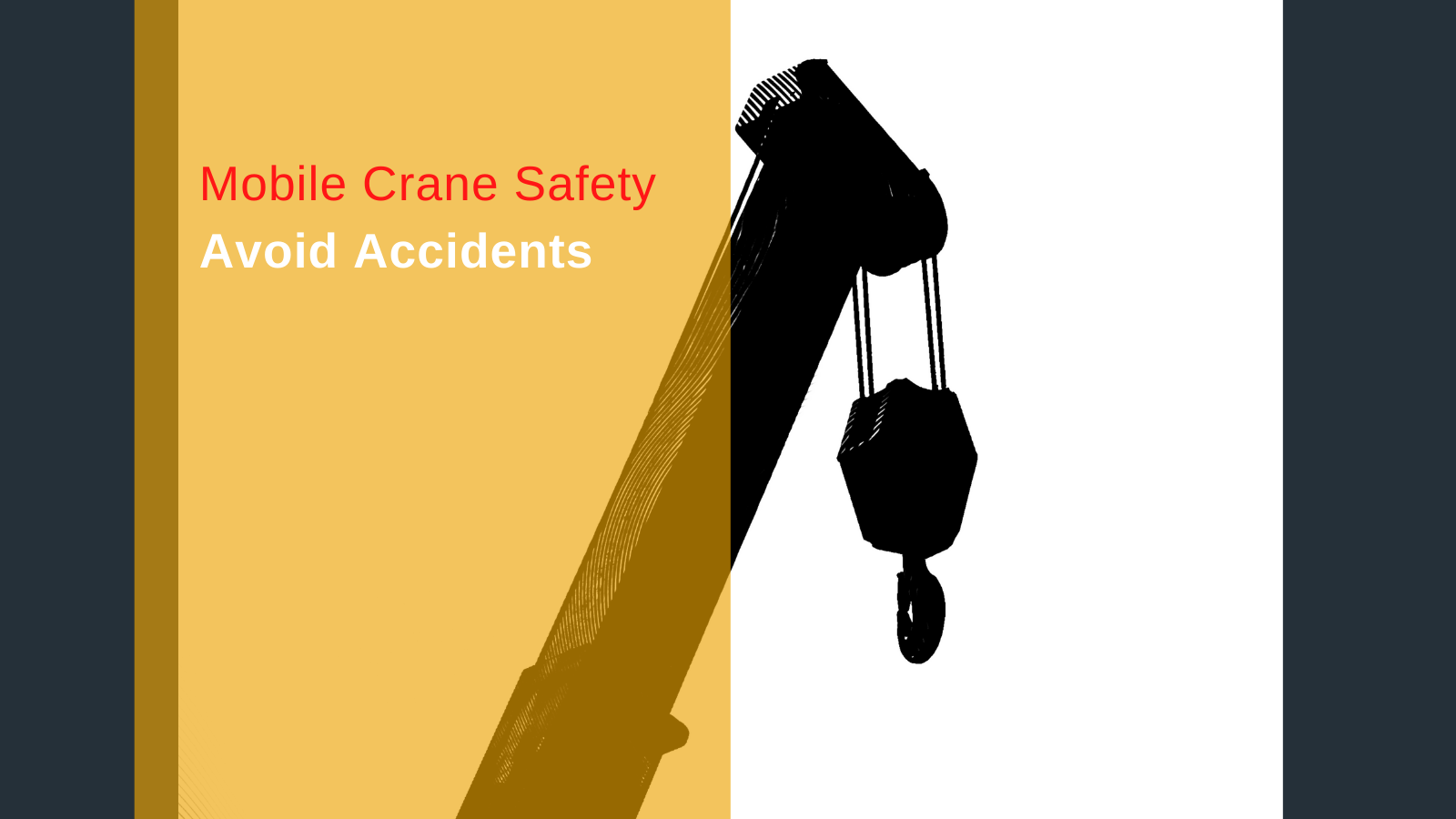Avoid Delays and Costs Due to Crane Accidents & Damage
Delays and costs due to crane damage can be destructive to businesses. Heavier loads also make training and following safety practices critical. The pressure to get the job done must be balanced with the need to protect people and property. Otherwise, the results can be devastating.
According to health and safety research, the top three hazards facing crane operators include:
- Electrical hazards– OSHA says almost 50% of accidents involved overhead cranes occur when the crane strikes a power source
- Exceeding the crane’s operational capacity– According to OSHA, 80% of upsets and other accident involving cranes happen when they are overloaded (which is human error)
- Falling materials– OSHA attributes countless accidents to accidents that involved cranes hoisting materials overhead (causes vary from mechanical failure to incompetent operation to obscured line of vision to slipping, etc.)
Risk management is essential to us in the insurance industry precisely because businesses can take precautions to prevent accidents and lower the rates of injuries and fatalities.
Crane operators and business owners who want to avoid the kinds of delays and costs that result from hazards can:
- Hire crane operators and workers who have proper training and qualifications (so they know things like what precautions to take when working near power lines, what sort of load exceeds capacity, and how to safely secure materials they need to hoist and take other safety precautions)
- Ensure that operators who use equipment with a maximum rated capacity greater than 2,000 pounds have their operator certification
- Use qualified trainers to offer on-the-job training for less-qualified operators
- Offer ongoing safety reviews and refresher training as required
- Establish a point person for pre-job safety planning at every worksite
- Ensure that crane operators are notified of any possible danger zones or other risks at every worksite
- Clearly mark danger zones with identifying markers such as tape, fencing, or other barriers
- For times when it’s hard for the crane operator to assess and maintain a clearance of risk factors visually, other works should be assigned to observe and relay any concerns by radio
- Conduct routine crane inspections by adequately trained inspectors and operators to ensure that there are no noticeable concerns about mechanical issues or failures
- Mandate that all employees working around cranes wear proper protective equipment to protect their heads, feet, hands, and eyes
- Ensure that all ground workers are adequately trained and understand the danger of working in the vicinity of a crane that is hoisting materials and that “hoist danger” signs are in place on the job site
Risk management and safety are even more critical in these tough economic times when some businesses have put off upgrades to aging equipment and operate with reduced workforces. Project delays arising from mishaps can result in high costs for damaged equipment, unexpected equipment downtime, higher maintenance costs, project delays, and liability arising from accidents.
Crane insurance, crane operators insurance, riggers insurance, and other coverages can help protect you financially in the event of an accident or loss. Carry adequate crane insurance to protect you from the financial burden of costly damage to your crane. Riggers insurance for the liability created by moving loads in the rigger’s care. Crane operator’s insurance to address the crane operator’s liability, and don’t forget auto in conjunction with general liability coverage for other vehicles on the job.
Would you like your current insurance coverage reviewed by the specialists? Contact us at New Heights Insurance Solutions to discuss your insurance coverage options.

